Have you changed your tune on the office tower? I remember you in particular saying that this building would ruin the skyline, be a major eyesore, etc. The more I am seeing of it I actually thing it's bleeping awesome, and going to easily be the best of the 4 buildings in this cluster (including Garden Garage Tower). The cladding looks really good.
DZH -- Waiting for a
Giant Verizon ✔
This is the newest stuff I could find on the Verizon complex @ the Hub on Causeway
Powered by next-generation network services, Verizon’s space will include five floors reserved for incubators, accelerators and partners.

www.verizon.com
11.20.2018
Corporate
Verizon announces plans for technology-based workspace at Boston’s The Hub on Causeway
Creating a tech epicenter
Boston is an epicenter of tech talent and The Hub will be the ‘next workplace’,” said John Vazquez, Verizon’s senior vice president of global real estate and supply chain. “We are helping spur innovation by prioritizing Boston and its vast resources as the place where future technologies are being developed.”
Verizon plans to expand ties with leading universities across the river in Cambridge, and throughout the Boston area, to attract top talent who specialize in new and emerging technologies.
An emphasis of The Hub will be on the community and experience. The building’s roof deck will include a unique meeting space for groups and organizations to hold functions, social gatherings and meetings. The Verizon Foundation will also utilize the space to host programs and events related to teacher training, STEM curricula, and connectivity to under-resourced students.
“We want an environment that goes beyond a traditional meeting spot and creates a perpetual destination for the tech community, transcending the ideology of the office by welcoming organizations, entrepreneurial companies and individuals to enjoy the amenities we have to offer,” Vazquez said.
It'l be nice to have two of our Children back home where it all began:
- Verizon can directly be traced to Alex Bell's original company based on his work @ 109 Court St and 16 Exeter Place
- IEEE Engineering Milestone
- first and 2nd HQ in downtown Boston with labs and manufacturing just down the street
- GE of course was pre-ordained after young Tom got the first of his thousand plus patents.
- coincidentally in the same building -- 109 Court St. [perhaps the first Technology Incubator] where Alex and the other Tom [Watson] had worked and later where the Bell Company started manufacturing
- Another part of GE was the Thomson-Houston Electric Company of Boston / Lynn which built the electrical infrastructure for the T [circa 1889-91]
- In 1892 Thomson-Houston Electric Company merged with the Edison General Electric Company to form GE
Milestones: Power System of Boston's Rapid Transit, 1889
IEEE Boston Section,
Dedication: 10 November 2004
Boston was the first city to build electric traction for a large-scale rapid transit system. The engineering challenge to design and construct safe, economically viable, and reliable electric power for Boston's rapid transit was met by the West End Street Railway Company, beginning in 1889. The company's pioneering efforts provided an important impetus to the adoption of mass transit systems nationwide.
The plaque may be viewed by the side of the door (left hand as you are facing it) of the northernmost of the two Park Street T stations at Park and Tremont Streets, 42.356478,-71.062507
27 June 1889: Thomson-Houston is awarded their first large electric contract: furnish between 240 to 600 streetcar motors, provide maintenance services, and install overhead lines. The contract for generators and switchboards came a few months later
Built from 1889 to 1891, the
Central Power Station (CPS) was a huge engineering success. It was built by the street railway company to provide direct current electricity for the growing streetcar system in Boston. Located in downtown Boston, on Harrison Avenue and Albany Street, CPS was the largest electrical power station in the world at that time. With CPS as its flagship, the West End was able to launch the largest commercial electrical traction system in the world. CPS went on line in 1891…. The completed system covered an area of about 100 square miles, and served a population of over 1,000,000 residents. The cost to ride the “T” was 5 cents, and allowed free transfers to different lines. There were more than 170 passenger cars, powered by 8 power stations, utilizing direct current, which covered nearly 500 miles of railway track.

 IMG_8321
IMG_8321

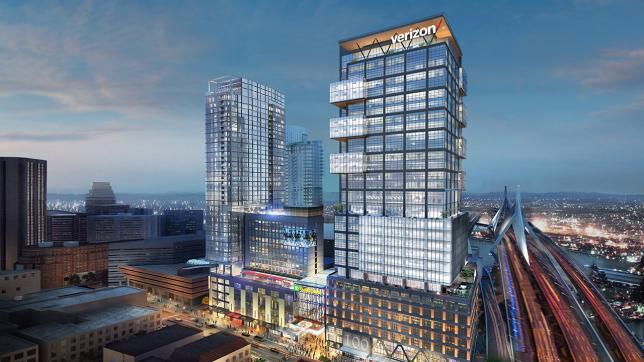
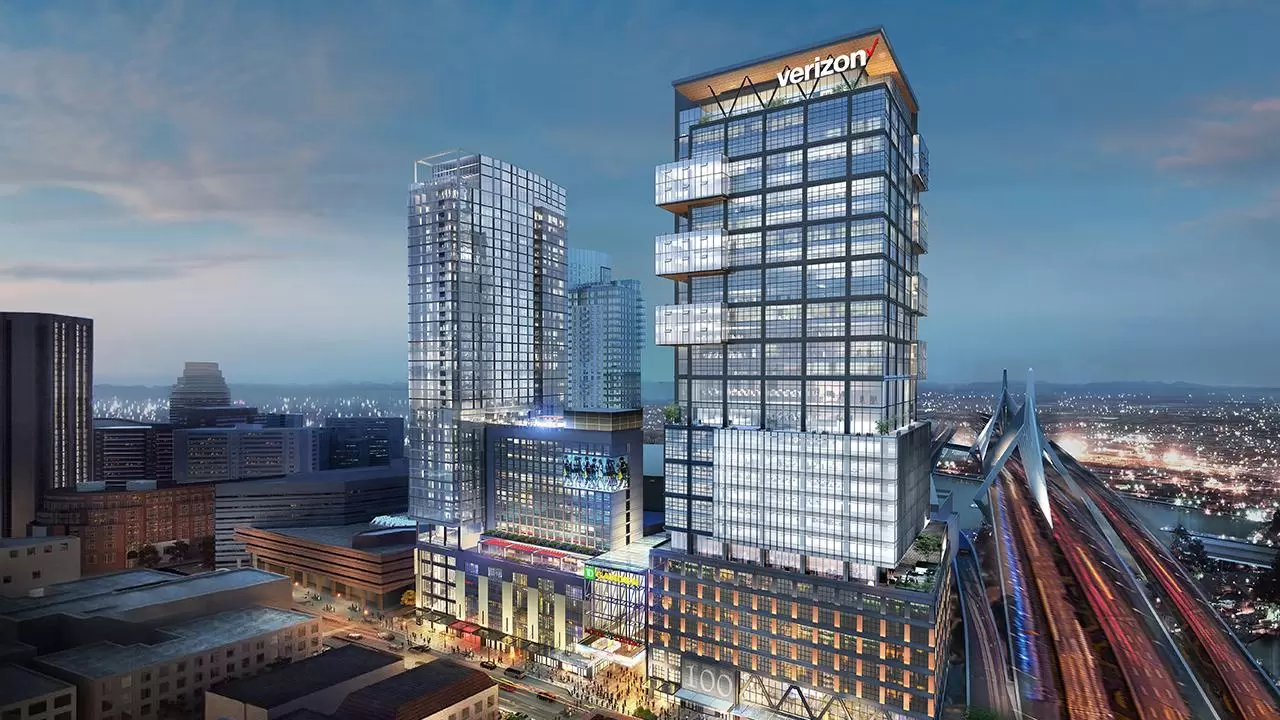
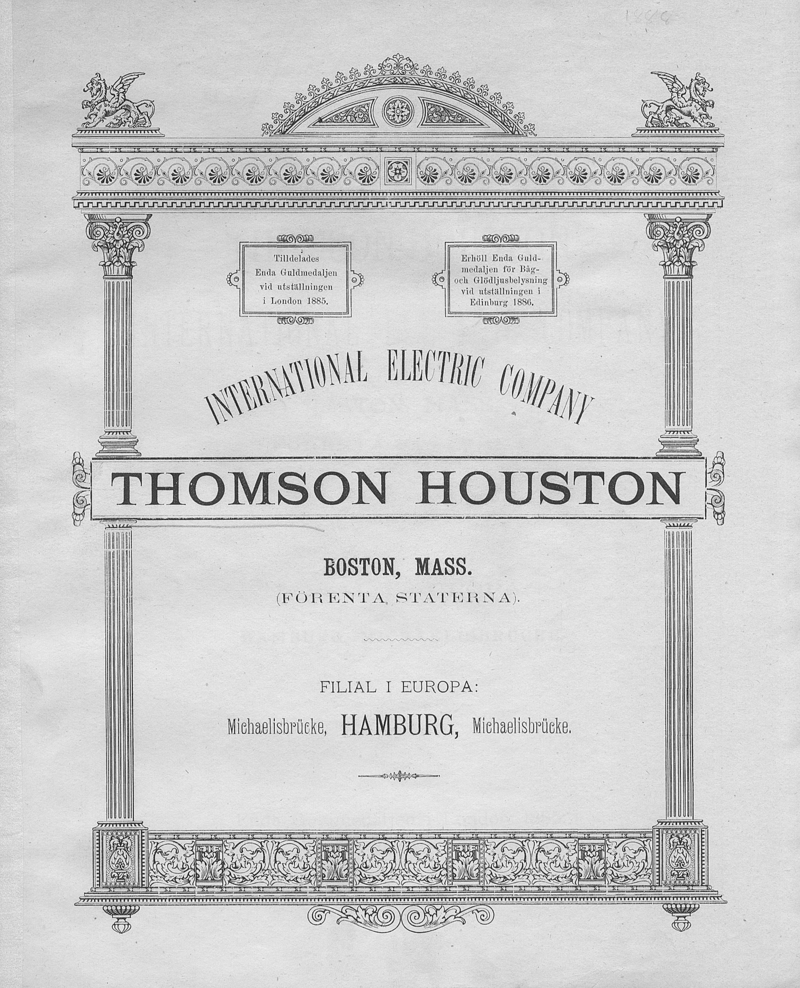
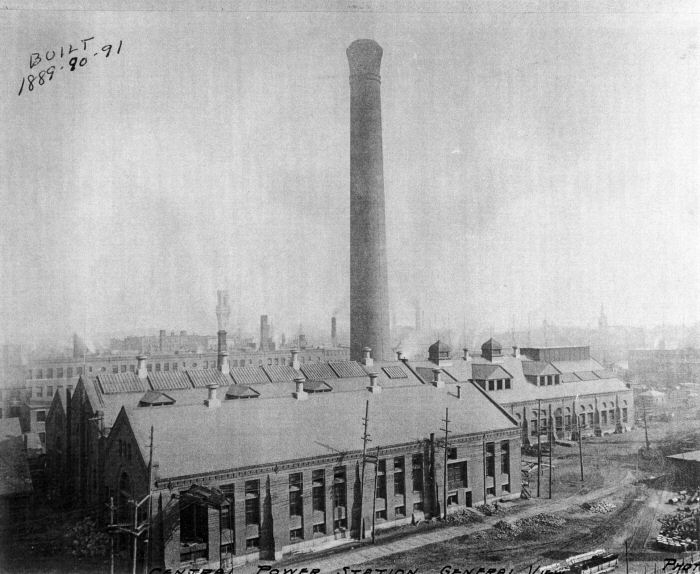
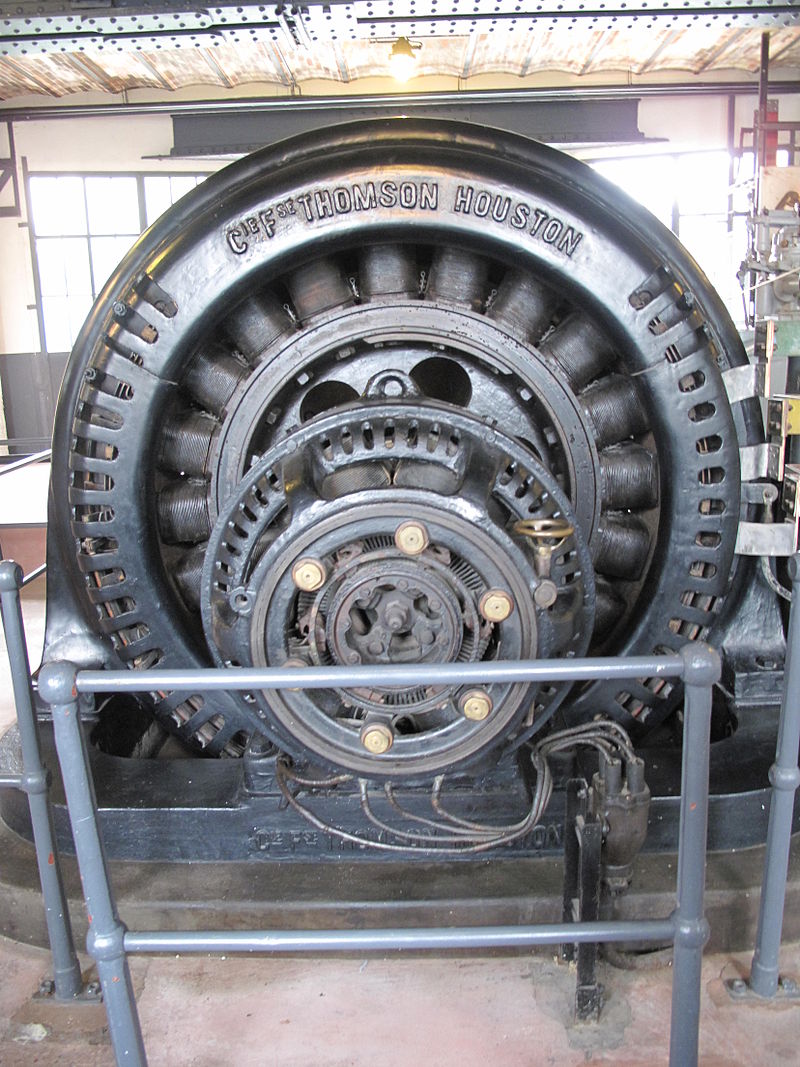
 IMG_8799
IMG_8799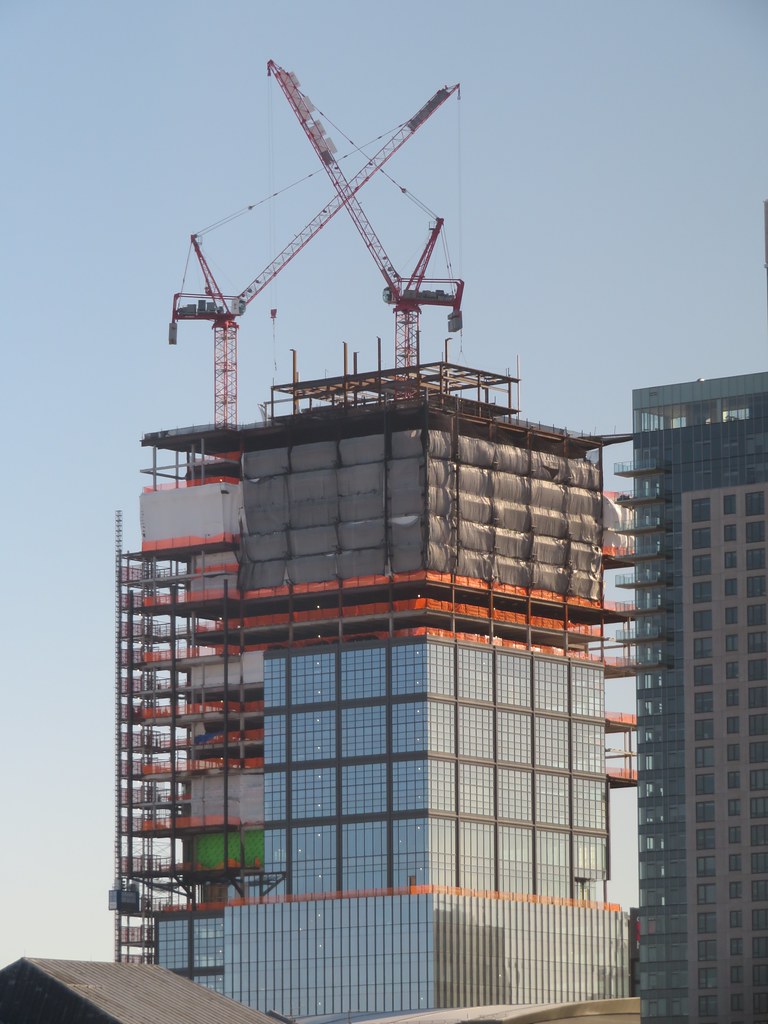 IMG_8800
IMG_8800 IMG_8808
IMG_8808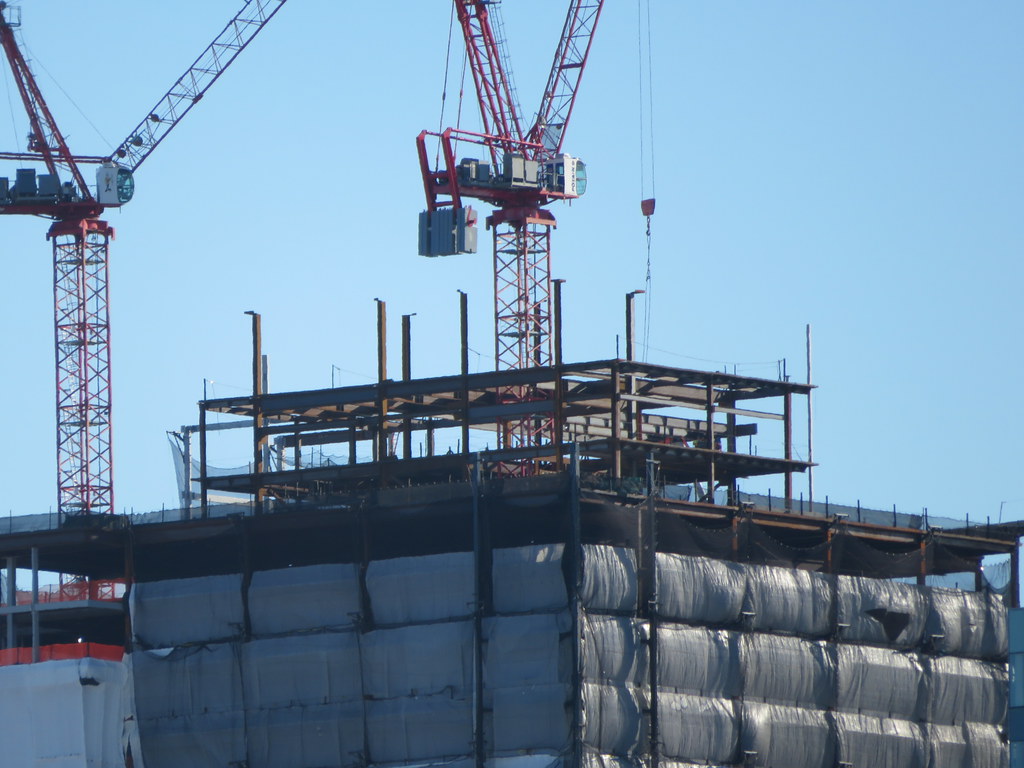 IMG_8809
IMG_8809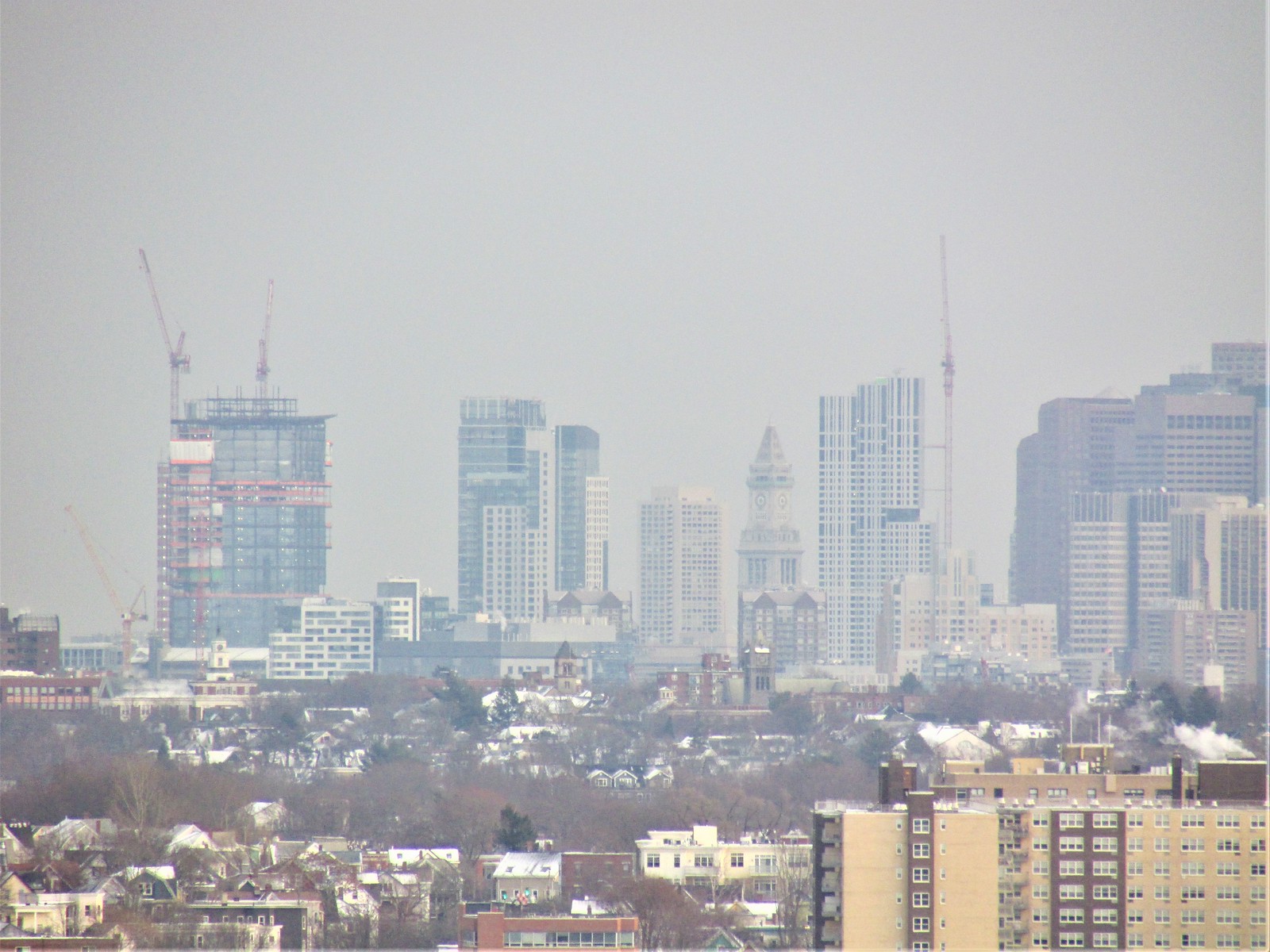 IMG_9134
IMG_9134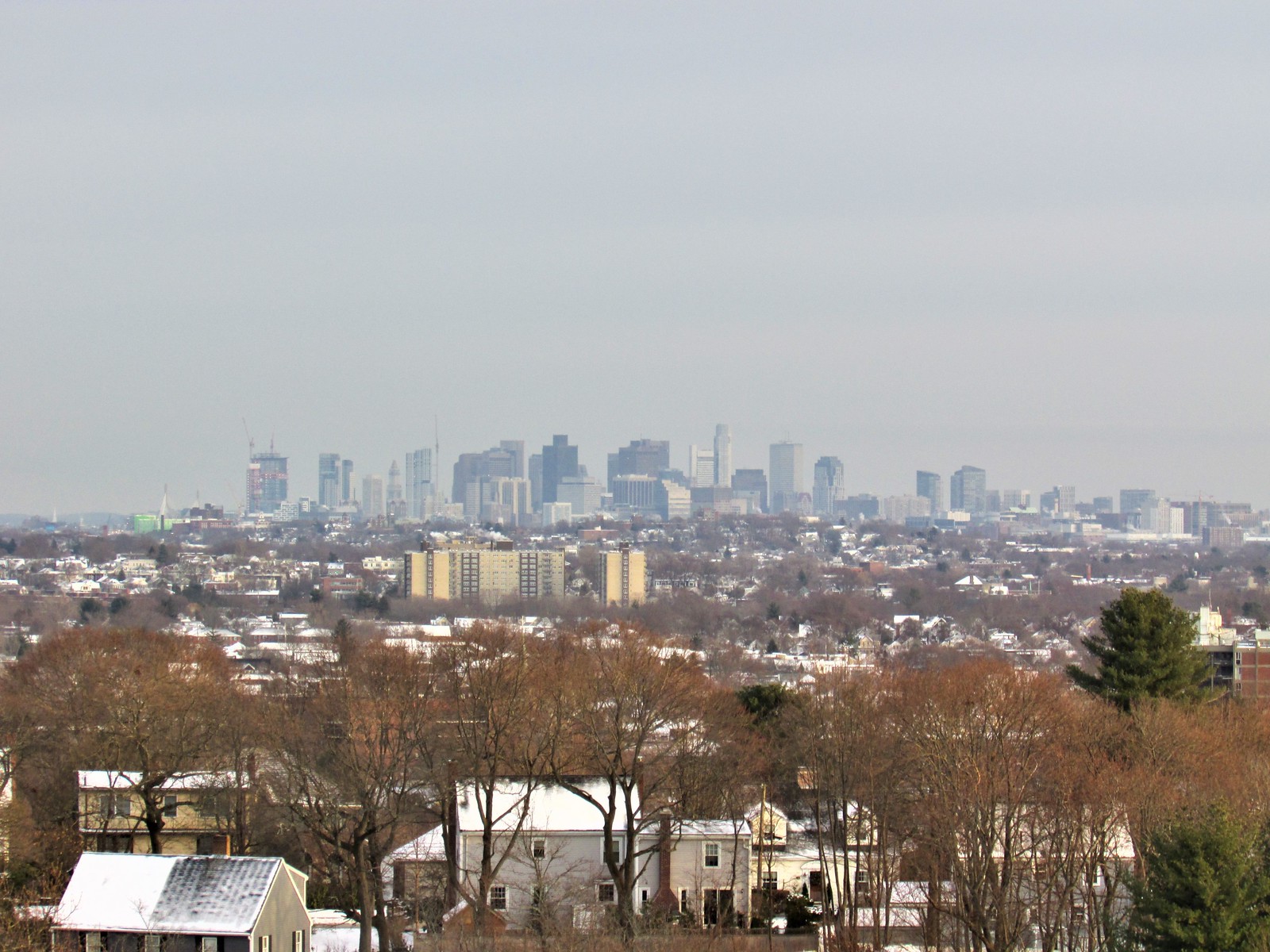 IMG_9141
IMG_9141 IMG_9160
IMG_9160 IMG_9182
IMG_9182 IMG_9183
IMG_9183